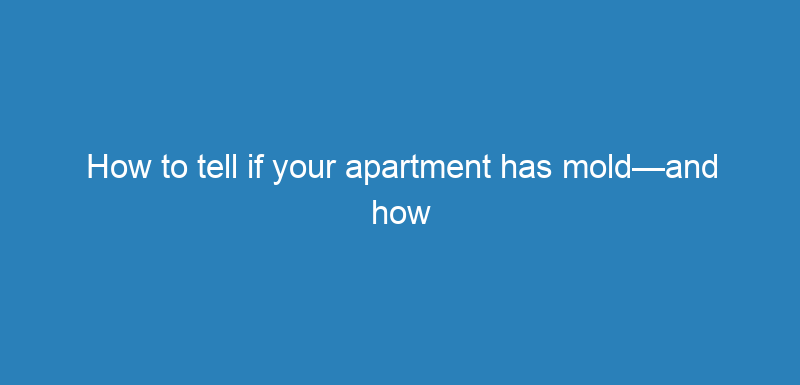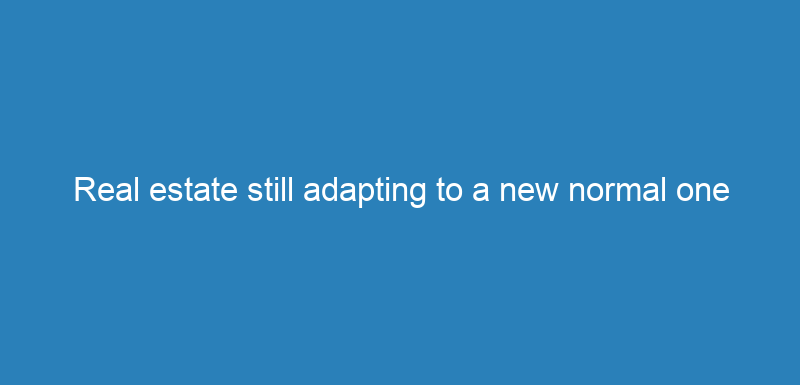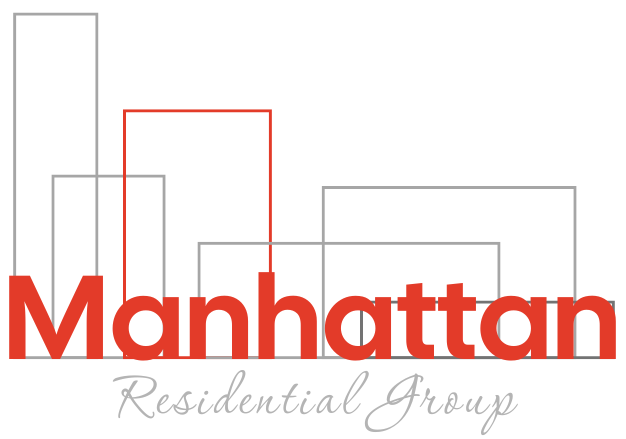Advanced Search
Latest Listings
Your search results



Category Archives: Real Estate
Greystone’s $103M affordable housing fund to support r...
The fund will support a total of 11 developments in Louisiana, Massachusetts, Mississippi, New Jersey, Ohio and Pennsylvania.
Second Avenue Subway extension moves ahead in Harlem w...

East Harlem is one major step closer to having better subway access for the first time since the 1940s. The board of the Metropolitan Transportation Authority on Monday approved a nearly $2 billion tunnel-boring contract for the second phase of the Second Avenue Subway, which extends the Q train from 96th Street to 125th Street. […]
The post Second Avenue Subway extension moves ahead in Harlem with $2B contract first appeared on 6sqft.
Asking $3.2M, this three-unit Boerum Hill townhouse ha...

Behind a facade of lavender brick, the 1899 townhouse at 145 Wyckoff Street in Boerum Hill, Brooklyn, offers plenty of ways to live surrounded by history and create the optimal amount of space. The townhouse, asking $3,200,000, is currently set up as an owner’s duplex with two units above. All have original details and have […]
The post Asking $3.2M, this three-unit Boerum Hill townhouse hasn’t lost its old-world charm first appeared on 6sqft.
The 8 Best Places to Buy Real Estate Leads in 2025
Buy real estate leads with confidence. This guide ranks top lead providers to help agents close more deals and boost conversion rates.
The post The 8 Best Places to Buy Real Estate Leads in 2025 appeared first on The Close.
How to tell if your apartment has mold—and how to get ...
It doesn’t matter where you live in New York City—whether it’s a small, prewar building or a modern luxury tower—you may still have to deal with mold.
Jeffrey Gross, a water damage and mold remediator at First Onsite (formerly Maxons Restorations), said his company encounters mold problems in newer buildings more frequently than in older ones.
“We respond to plenty of leaks in old and new buildings, but I think we do more mold remediation in newer buildings,” he said, explaining that the materials used in newer buildings don’t breathe as well, and if there is a leak or water damage, mold can grow. Older buildings tend to have fewer materials that mold can grow on, whereas engineered flooring, sheetrock, and processed materials are “junk food for mold,” he said.
Pro Tip
Pro Tip:
Is your building fully compliant with lead paint laws? New York Local Law 1 and Local Law 28 are here to protect you, and the experienced team at MKM Environmental Consulting are the professionals who can certify your safety and compliance with a lead paint test today.
Keep in mind that under NYC law, owners of buildings with three or more apartments are required to keep their tenants’ apartments free of mold (and pests) and address the underlying conditions safely. Co-op and condo boards may also be responsible for tackling issues that contribute to mold, although they are not typically responsible for treating the mold itself.
If you own a brownstone, however, the onus is on you (which is why conducting a thorough pre-purchase inspection is critical); however, your homeowner’s insurance may help cover or offset the cost of removal.
[Editor’s note: An earlier version of this post was published in August 2024. We are presenting it again with updated information for August 2025.]
What are the three common causes of mold and what should you do about them?
Moisture encourages mold growth, making places like bathrooms and basements top concern spots, as are areas around heating and cooling appliances and vent ducts.
According to Gross, the following three scenarios are the most common ways mold takes hold in NYC apartments, both new and old.
Cause #1: A leak from another apartment
Broken pipes and water overflows can soak your ceiling and walls from above, or seep into your floors and walls from the side. The most common offender: Plastic water supply lines to sinks and toilets, which newer buildings tend to use. (Tip: Copper, found in older buildings, rarely leaks, Gross said. Galvanized steel is another sturdy material.)
Treatment: For example, if your upstairs neighbor’s toilet or shower overflows into one room of your apartment, your ceiling and walls would likely be affected. Professional water remediation, which involves drying out the area behind the wall to prevent mold, starts at around $1,200. This process takes three to 10 days and includes sucking up the standing water and making holes in the wall to ventilate the wall cavities. It may also involve removing a light fixture to allow air into the ceiling, cleaning and treating all surfaces with an antimicrobial agent, and setting up drying equipment.
If mold is present and the affected area exceeds 10 square feet, NYC Health Department guidelines require a full-scale mold remediation by a trained and qualified professional like Gross. New York State requires mold remediation companies to be licensed. The law also prohibits companies from performing both mold testing and remediation, as there’s an inherent conflict of interest.
Expect the fee to range from $8,000 to $15,000 for a full mold remediation. It’s not cheap, but your renter’s or homeowner’s insurance may cover the cost, with insurers paying for cleanup, drying, and steps to retard mold growth. As with any insurance policy, there are limits to what is covered.
The mold exclusions generally come into play if the mold issue escalates months later or originates from a source that is not related to a covered peril—a blocked bathroom vent, for example, or from general damp conditions.
But if your tub or toilet overflowed, you would generally be covered under the liability portion of your policy up to the property limits for mold in your own residence or the liability limit if the mold is in another apartment.
Cause #2: Clogged HVAC units
All-in-one heating-and-cooling units, lodged radiator-style against the wall, are a huge blind spot for NYC apartment owners in newer buildings, who tend to forget that HVAC units require twice-yearly maintenance, and that falls under the apartment owner’s responsibility, Gross said. If you rent, it’s your landlord’s responsibility.
There are two kinds of units: PTAC and fan-coil. “The difference is the fan-coil gets its heat and cooling from a central plant, while the PTAC produces it at the unit,” he explained, adding that both have coils, filters, and condensate pans, so the issue is the same regardless of which one you have.
According to Gross, the most common problem with HVAC units is that the filter is not replaced often enough. Dust collects and clogs the condensate pan’s drain, causing it to overflow and leak under the floor. Neglecting to change filters after a renovation that generates a lot of dust can also clog the drain to the pan.
Gross said these scenarios tend to cause mold more often than other types of leaks because they leak so slowly into the floor that it goes undiscovered until a large section of flooring shows damage. Nearby sheetrock can also be impacted, as it wicks up the moisture from the floor.
Treatment: If you are lucky enough to catch the leak soon after it begins and mold isn’t present, cleanup may just involve removing a few floor tiles and the base molding and drilling a hole to dry the wall cavity. This can run from $800 to $1,500 and require minimal repairs.
These situations always require a full-scale mold remediation, which typically involves removing a few square feet of flooring, drywall, and base molding to eliminate the mold.
The average cost is around $6,000, plus the cost of hiring a contractor to repair the area afterward.
Cause #3: A broken washing machine hose
“We get a lot of these,” Gross said, placing the blame on cheap rubber washing machine hoses. “Those are the ones that break, as opposed to the under $30 stainless-steel-wrapped hoses you can buy at Home Depot that almost never leak.”
Treatment: For minor damage, the removal of moldings and drilling of holes to promote air circulation and drying, for a cost from $1,200 to $5,000.
If mold has already set in, a full-scale remediation would entail removing the flooring and base moldings, cutting the sheetrock walls up two feet around the perimeter of the room, and then treating the area as described below. The price for this service typically ranges from $8,000 to $12,000.
What’s the difference between mold and mildew?
Neither is pleasant, but mold is likely to cause you a lot more grief than mildew.
Both are also fungi, but mildew—usually a gray or white color that can become black as the fungus grows—is a surface fungus. This is an important distinction because it means some elbow grease and household cleaner can usually contain a mildew situation.
Mold, however—which tends to be fuzzy and come in several shades (black, white, green, and yellow)—is embedded in the material. This is why eliminating any significant mold infestation requires the physical removal of infected areas, such as sections of walls and flooring.
And that’s one reason why it’s so costly to remediate mold. Another is the need to take all necessary precautions to prevent cross-contamination, including sealing off and ventilating the area, performing a thorough cleaning, and ensuring careful disposal.
“It’s more of a surgical removal than a demolition,” Gross said. “We don’t use sledgehammers—we use knives and spray bottles to wet down the material. The debris we create is bagged in plastic bags taped shut, and the exterior has to be vacuumed to prevent cross-contamination. Surfaces that can’t be removed, like a concrete slab, have to be cleaned and if there is evidence of contamination, have to be encapsulated in an antimicrobial sealant, like a primer.”
Beware of remediation companies that offer “mold fogging,” or filling wall cavities with spray foam, rather than entirely removing the contaminants.
How to tell whether you have mold
It’s not always obvious that mold is present, so be on the lookout for these tell-tale signs:
Water damage: You’ll probably notice water damage and staining before you notice any signs of mold, because mold tends to grow faster inside the wall than on the surface. That’s why it’s essential to address any moisture issues promptly.
Odor: One of the first signs that mold might be present is a wet, musty smell or the smell of moldy, wet building materials. These indicate a moisture problem that can lead to mold; it doesn’t necessarily mean you have mold.
Spots: Black, gray, green, or brown spotting. Only proper testing can prove whether or not it’s mold, but if you see spotting on a surface like sheetrock that is or was wet, it’s worth testing, Gross said.
Health problems: Respiratory reactions, including asthma, are most common, though mold sensitivity can also cause headaches, irritated eyes, and skin rashes. Some people experience symptoms immediately, while for others, they develop over time. Note that not all types of mold cause health problems, and not all black mold is “toxic mold.” To identify which type of mold you have, an industrial hygienist will need to collect a sample for testing.
If you suspect you have mold, numerous at-home mold testing kits are available. (You may have to pay an additional fee for lab processing.) You can also hire a certified industrial hygienist to collect air samples, conduct a survey, and develop a cleanup plan.
Who should pay for getting rid of mold?
It depends. If you bought in a newer building that has mold, you may be able to sue the developer in certain circumstances, such as when leaks and mold are the result of design defects and exist throughout the building. Those kinds of cases can be expensive, so you might want to lean on the board to bring the lawsuit. However, one real estate attorney reported successfully securing a multi-million dollar settlement for an individual client in a mold-related case.
If you’re renting, you shouldn’t have to pay to remediate mold. Learn more about filing a mold complaint with the city.
A cost-effective way to force repair or remediation would be through the housing court. These lawsuits are available to renters (and owners) in co-ops or condos, whereby a rent abatement may be available under the warranty of habitability.
Whether you are an owner or renter, you’ll want to engage the services of an experienced attorney to handle the case. Your insurance may also cover the costs.
—Earlier versions of this article contained reporting and writing by Mimi O’Connor.
You Might Also Like
Summer sales have hit their slowest pace in 10 years
A growing number of homes sitting longer on the market has made buyers more relaxed about transacting, causing some to wait it out or even cancel contracts because they have more options.
New Jersey development is a blueprint for neuroinclusi...

Neurodivergent individuals comprise between 15 and 20 percent of the U.S. population, according to the American Enterprise Institute. Yet, some estimates say that up to 40 percent of this population faces unemployment, partly because there is a significant shortage of supportive housing for those with autism spectrum disorder (ASD), attention deficit hyperactivity disorder (ADHD), specific […]
The post New Jersey development is a blueprint for neuroinclusive housing nationwide first appeared on 6sqft.
Agents aren’t as spooked by tariffs — but clients are ...
Clients of real estate agents were more directly affected by tariff policy in July than in previous months as costs began to stack up for U.S. importers.
Real estate still adapting to a new normal one year af...
Here’s what’s changed, and what hasn’t, one year after the National Association of Realtors rolled out new rules as part of a sprawling antitrust commission settlement
How to solve listing problems (without jumping to a pr...
The next time a listing lingers, resist the urge to slash the price, coach Darryl Davis writes. Become a real estate detective to figure out what’s really going on.











